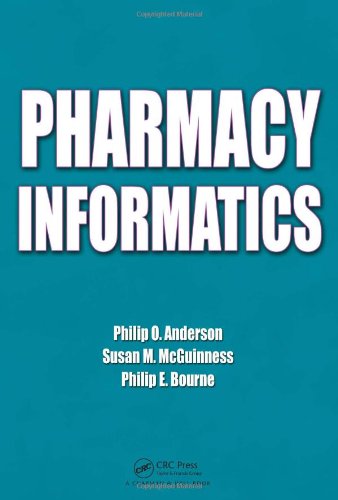

Most ebook files are in PDF format, so you can easily read them using various software such as Foxit Reader or directly on the Google Chrome browser.
Some ebook files are released by publishers in other formats such as .awz, .mobi, .epub, .fb2, etc. You may need to install specific software to read these formats on mobile/PC, such as Calibre.
Please read the tutorial at this link: https://ebookbell.com/faq
We offer FREE conversion to the popular formats you request; however, this may take some time. Therefore, right after payment, please email us, and we will try to provide the service as quickly as possible.
For some exceptional file formats or broken links (if any), please refrain from opening any disputes. Instead, email us first, and we will try to assist within a maximum of 6 hours.
EbookBell Team

4.7
76 reviewsApplies the Principles of Informatics to the Pharmacy Profession
Emphasizes Evidence-Based Practice and Quality Improvement Approaches
Leading the way in the integration of information technology with healthcare, Pharmacy Informatics reflects some of the rapid changes that have developed in the pharmacy profession. Written by educators and professionals at the forefront in this field, the book shows how informatics plays a central role in providing productive and efficient healthcare services.
After defining pharmacy informatics, the text explores the information and biomedical technologies that are the drivers of change. It then discusses the basics of maintaining the reliability and security of computers in a connected world, the need for standardization in the healthcare industry, and effective strategies for searching, evaluating, and managing the wide variety of information resources available today. The next section covers the types of information systems that exist in hospitals and pharmacies, including bar coding. The book then presents tools for evidence-based practice, computerized clinical pharmacokinetics methods, clinical decision support, and data mining methods to improve therapy, reduce adverse outcomes, and cut costs. The final section examines various developments driven by the Internet and how current informatics solutions must evolve to maximize their potential.
The continual growth and increasing complexity of therapeutic information necessitate new ways for effectively handling medical data and ultimately providing better patient care. This book discusses how these changes affect pharmacy students and practicing pharmacists, preparing them for what lies ahead in this evolving field.